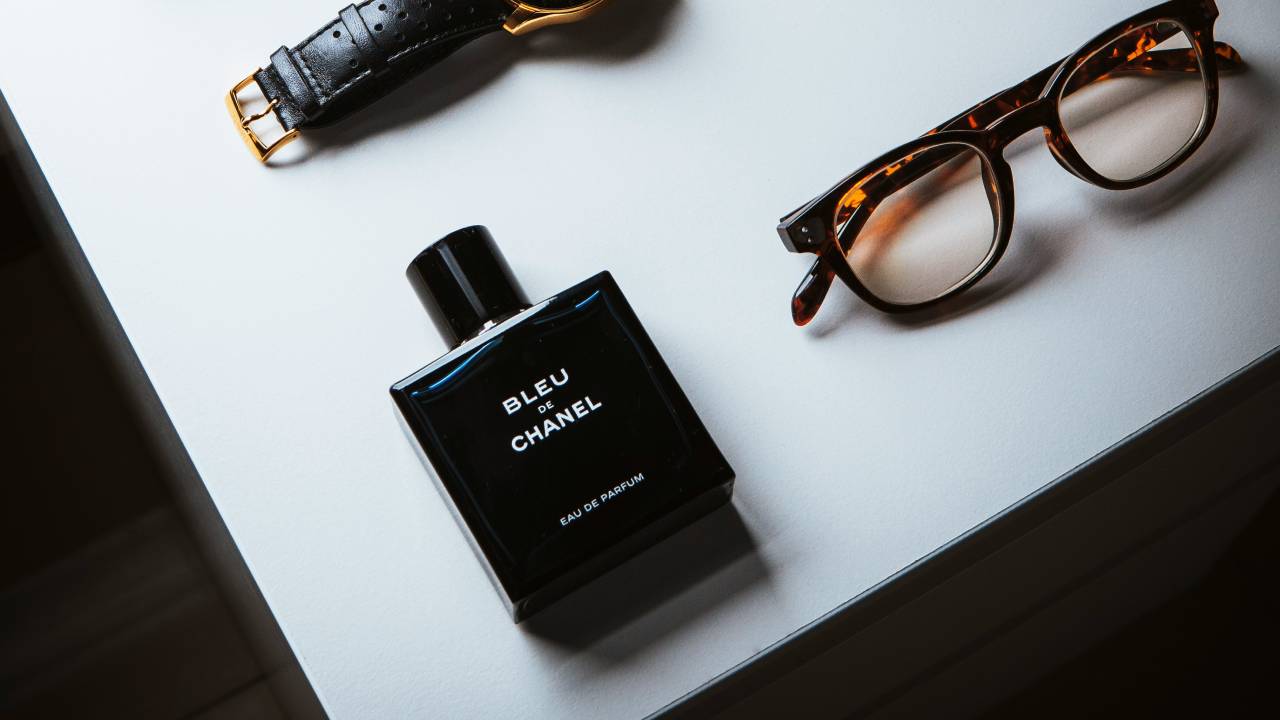5 weirdest fragrance ingredients you’ve probably never heard of
You’re about to think very differently about your favourite fragrance…


Did you know that your favourite fragrance might have animal secretions in it?! No, I’m not kidding.
As T3’s Home Editor, I’ve covered style and luxury for years which has involved finding the best recommendations for men’s colognes and women’s perfumes. Essentially, I spend a lot of time in airports’ duty-free and fragrance shops sniffing out popular fragrance notes – some of which are weirder and grosser than you might think.
From musk to civet, here are five weird fragrance ingredients you’ve probably never heard of – and you might wish you didn’t know now about after reading this list!
1. Musk
Musk fragrances have become increasingly popular, particularly within men’s colognes and aftershaves. Musk is best characterised by notes of vetiver, neroli, myrrh and sandalwood, but unfortunately, that doesn’t mean musk comes from the woods – or rather it does, but not from a tree like you might be expecting.
Musk is originally from the glandular sac of a male musk deer. In the sac is a liquid that is dried into a musk pod containing powder when harvested. This powder is mixed with alcohol to make pungent-smelling fragrances.
Due to it not being vegan-friendly, most of today’s musk fragrances are no longer made from deer. Instead, they’re a mixture of plant and synthetic materials which achieve the same type of smell.
2. Ambergris
If, like me, you thought ambergris was just a fancy way of saying amber, you’d be very, very wrong. Ambergris is actually a solid, waxy substance which is produced in the digestive tract of a sperm whale. It’s often naturally secreted or regurgitated and then collected from the ocean.
Get all the latest news, reviews, deals and buying guides on gorgeous tech, home and active products from the T3 experts
In perfume, ambergris can be fresh or aged which makes a difference to the smell of your fragrance. It tends to age and dry in salt water and sunlight, so it can have strong marine accords, as well as musky, earthy and sweet notes.

3. Civet
Another popular fragrance note is civet which is similar to musk in that it acts as a base note for most scents, due to its rich, warm and animalistic smell. If you’ve guessed that it’s from an animal due to my use of the word ‘animalistic’, then you’d be right.
Civet comes from the anal glands of civet cats. Collecting civet from the animals is painful and an animal welfare concern, so most civet that’s used in fragrances are synthetic to avoid this extraction.
4. Lanolin
You’ve probably heard of lanolin but you might be surprised to hear that it’s used in fragrances as well as clothes and make-up. Lanolin is a wax or fat that’s found in sheep’s wool. It’s naturally moisturising for the animal, so it’s often used in beauty products.
As you might have guessed, lanolin is used in perfumes to achieve leathery smells. It also adds warmth and has been found to increase the longevity of your perfume and enhance other notes.
5. Castoreum
Lastly, we’re back to the anal glands – a sentence I never thought I’d write. Castoreum is found in a beaver’s anal glands, and there’s (unfortunately) a surprising amount of beaver-secreted ingredients in perfume, like hyraceum. Not only that but castoreum is sometimes used to flavour foods – if the rest of this article hasn’t made you do so already, you might not want to eat while reading this!
In perfume, castoreum gives a smoky and leathery scent, and is also used to enhance leather and chypre notes. Like musk and civet, castoreum in fragrances is typically synthetic compared to the real thing to avoid harming the animal.
I hope I haven’t ruined your favourite fragrance for you, but let’s face it, I haven’t been able to look at my perfume the same way since making this list – sorry! If you want a new perfume or cologne that doesn’t contain any animal products, check out these vegan fragrances.

Beth is Home Editor for T3, looking after style, living and wellness. From the comfiest mattresses to strange things you can cook in an air fryer, Beth covers sleep, smart home, coffee machines, watches, grooming tools, fragrances, gardening and more.
In her spare time, Beth enjoys running, reading, baking and attempting craft projects that will probably end in disaster!
You must confirm your public display name before commenting
Please logout and then login again, you will then be prompted to enter your display name.